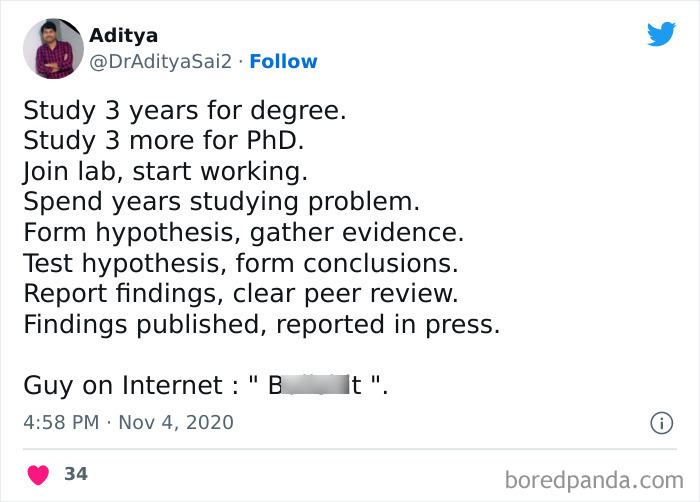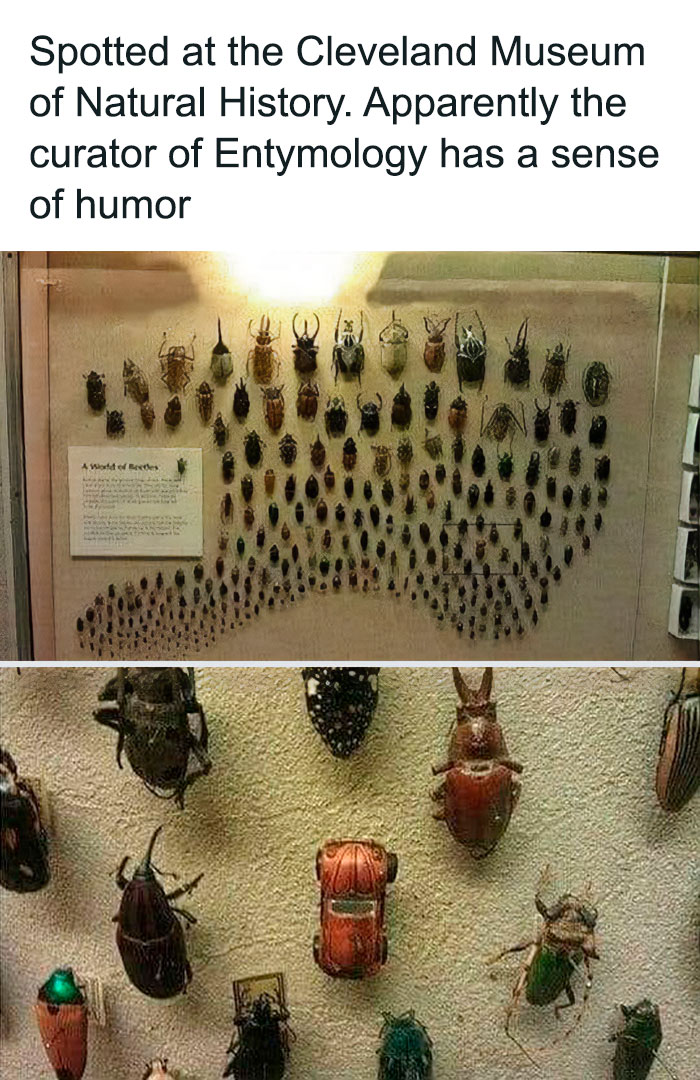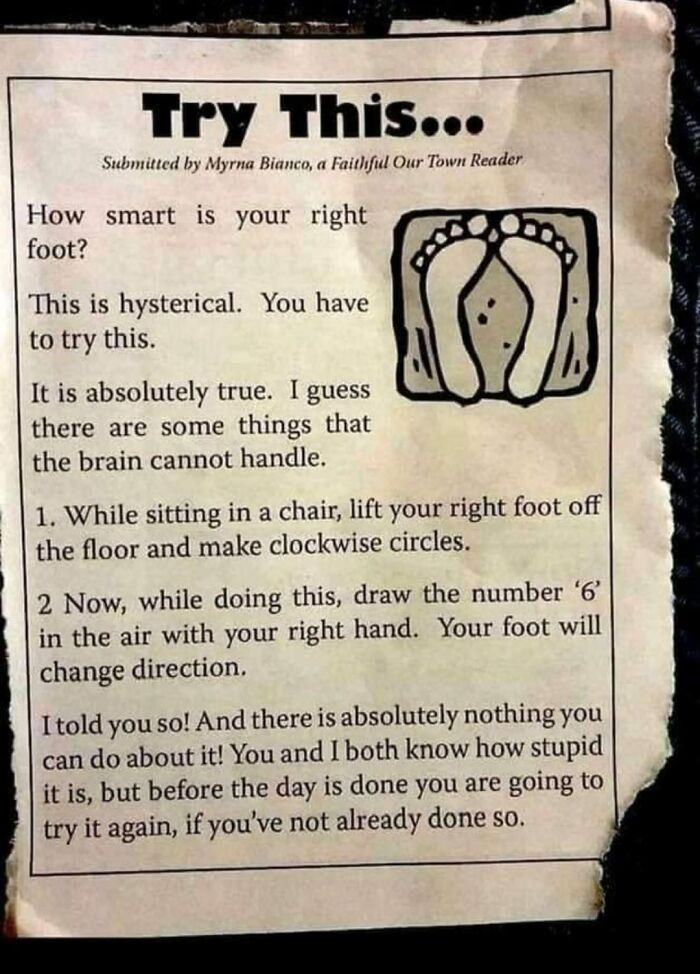
124submissions
Finished
50 Of The Cleverest Science Memes That Perfectly Blend Humor With Knowledge
Many of you sitting behind your screens have long forgotten what it's like to fall asleep in a science class only to be awakened by a teacher asking you to explain a principle of Newtonian mechanics in front of the whole class.
The truth is, not many of us have given physics, chemistry, or cosmology a chance to actually learn to like them. Equally few have the brain, willpower, or patience to have done so. Luckily, there are no science tests anymore and we can finally sit back, relax and enjoy the most entertaining part of it.
The Facebook group titled “The Lighter Side Of Science” is a perfect source of it, sharing anything “from bizarre science discoveries and experiments to weird and unusual creatures, scientific studies, theories and much more.”
Boasting 691.3K members, the community is growing strong as it joins people who share the fascination with science into one bunch of a family. Scroll down for the most interesting posts shared on the group!
This post may include affiliate links.
What separates a prejudice or an assumption from a scientific fact is the hard evidence. Scientific evidence is evidence that serves to either support or counter a scientific theory or hypothesis, although scientists also use evidence in other ways, such as when applying theories to practical problems.
Scientific evidence is information gathered from scientific research, which takes a lot of time (and patience!) to conduct. But there are a few things that all this research needs to have in common to make it possible for decision-makers, and ultimately all of us, to accept it as “evidence”.There are some criteria we want scientific evidence to fit into. First, it has to be objective and unbiased, which may be a hard thing to do keeping in mind that the majority of researchers constantly apply for funds.
According to Manu Saunders, a researcher and PhD candidate from Charles Sturt University, mostly, funds are distributed fairly. “But if an organization funds a research project that will benefit them financially, then we cannot accept the findings as 'evidence' unless different researchers (from unrelated organizations) come to the same conclusions through their own independent research.”
Moreover, since scientific evidence relies on data, it’s vital for researchers to ensure that the data they collect is representative of the “true” situation. Saunders argues that it means researchers have to use proven or appropriate ways of collecting and analyzing the data and ensuring the research is conducted ethically and safely.
Wow someone has actually done this. Are we sure they aren’t super villains?
Peer review and professional consensus is the most crucial step since it turns research into the “evidence” that we all talk about and rely on. “The researcher has to present their data, results and conclusions in the form of a scientific report or paper. This must be reviewed by their scientific peers – only they are qualified to assess the validity of the methods and the accuracy of the conclusions the researcher has drawn from the results,” Saunders explains.
It’s also very important to note that most scientific facts reach us though media and press, politics and opinion makers. Oftentimes, we don’t have the opportunity, time nor want to spend effort checking facts for ourselves.
Saunders argues that it’s a good idea to check if “scientific evidence” backs up its case by asking a couple of questions: “Who funded the research and why? How much evidence is there and how was it gathered? Was the sample size or location representative of the 'real' situation?”
Yes in the dark recesses of her mind she’ll always remember that grown man who was sobbing on the floor in a dinosaur costume
German engagement ring from the 16th century; It was designed to turn into small astronomical map with a sentence: "The whole universe is in your hands."
It’s not an engagement ring, though. It’s an astronomy tool. It’s an armillary sphere. And it’s a replica that is quite widely available for sale. There are some in museums, from as far back as the 16th century, but most have biblical Latin phrases written on them. They were a status symbol, worn by men to indicate how knowledgeable they were. But you CAN buy one. Either a less expensive sterling silver model or an expensive solid gold model. Just search for “armillary sphere rings.”
Yes, Curiosity and Perseverance really do matter since they are on Mars! 😂
And then there's Bonnie Tyler 🙂 .. quick edit to say how proud I am of you all for the comments, you made my day :D
Where's the photo of the guy taking the photo of the guy taking the photo?
It doesn't need physical contact to influence and preys on ones desires. Sam's desires were enirely wholesome. He wanted to help Frodo to get rid of the thing. He didn't want to do the deed himself, he wanted to help, so he could give up the ring voluntarily after carrying it. (Simplyfied explanation!)
And having none of his kids look like him means you've been involved in a group project.

 Dark Mode
Dark Mode 

 No fees, cancel anytime
No fees, cancel anytime 


































































































































































































